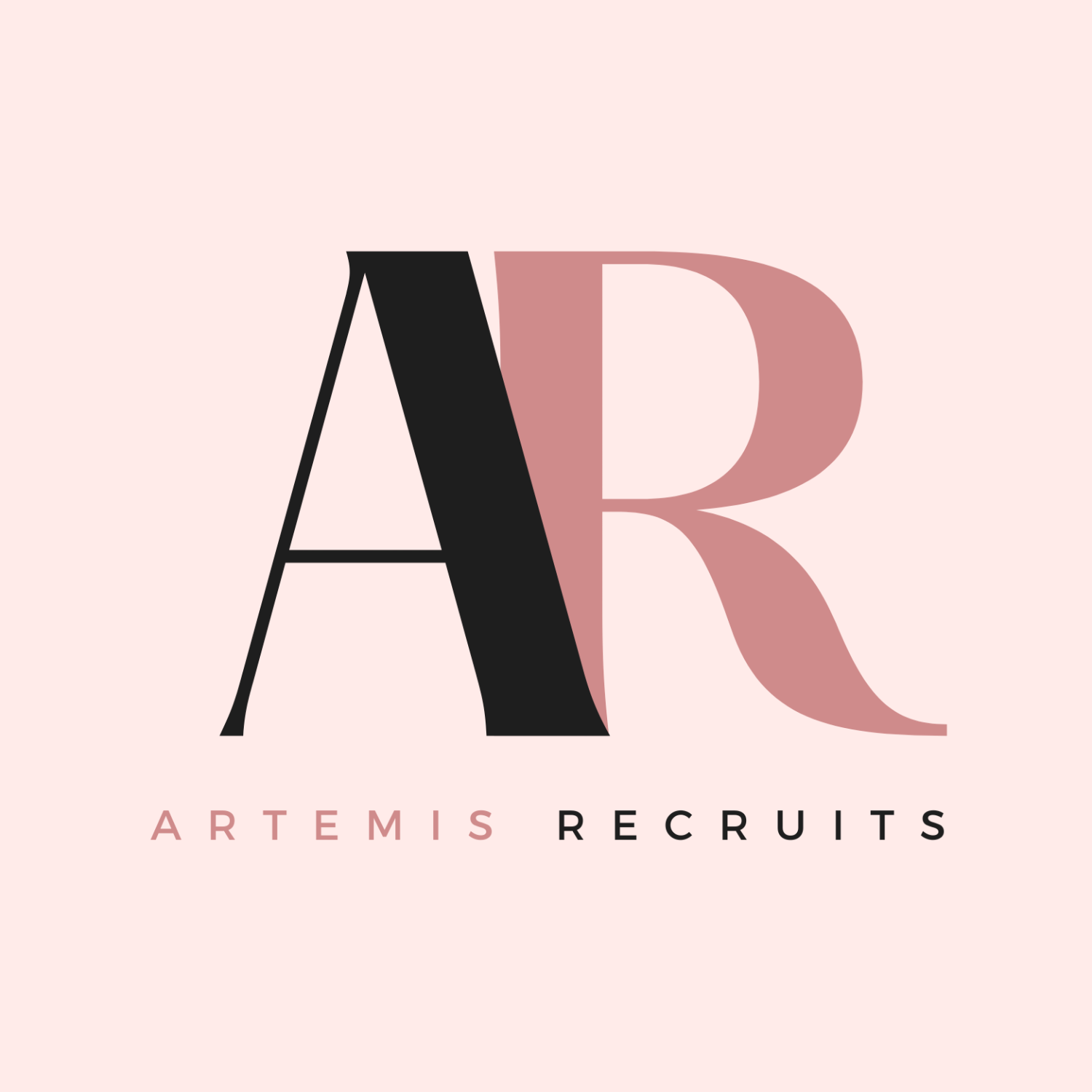Making your first remote hire is a big step. Here’s what went wrong with mine—and what you can learn from it.
Table of Contents
- Why Remote Hiring Isn’t Always Easy
- The First Remote Hire I Ever Made
- What Went Wrong (And Why It Happened)
- What I Learned About Making a Remote Hire That Works
- How Artemis Recruits Helps Clients Avoid These Mistakes
- Frequently Asked Questions
- Conclusion: Your First Remote Hire Doesn’t Have to Be Risky
Why Remote Hiring Isn’t Always Easy
If you’re considering making your first remote hire, you might assume that finding someone with the right skills is all it takes.
But here’s the reality:
- Hiring remote workers introduces new challenges around communication, accountability, and trust.
- You may not realize how unprepared your internal systems are until after someone joins.
- A poor remote hiring experience can be costly—both financially and emotionally.
This post isn’t just a cautionary tale. It’s a detailed look at what went wrong in my first remote hiring attempt and what you can learn to build a successful remote team from day one.
The First Remote Hire I Ever Made
A few years ago, I decided it was time to grow my business by hiring a virtual assistant. I was drowning in admin tasks, missing emails, and struggling to stay organized.
I hired someone within a few days of posting a job online. She seemed friendly, had a decent resume, and was eager to get started.
I thought, “Perfect. My life is about to get easier.”
But within two weeks, things started falling apart.
What Went Wrong (And Why It Happened)
1. I Prioritized Speed Over Fit
Mistake: I needed help fast and focused only on who could start immediately.
Result: I didn’t evaluate alignment with my work style, communication habits, or company goals.
Lesson: A successful remote hire isn’t just about availability. It’s about long-term fit. Slowing down to vet for personality, values, and compatibility is worth it.
2. I Didn’t Set Clear Expectations
Mistake: I assumed common sense would guide most tasks.
Result: She was unsure what to prioritize and often waited for instructions.
Lesson: Remote workers need clarity. Even the most proactive hire needs:
- Defined responsibilities
- Working hours and availability rules
- Guidelines for updates and communication
3. I Skipped the Onboarding Process
Mistake: I added her to Slack, gave her a Google Drive link, and called it a day.
Result: She was confused about my tools, SOPs, and business structure.
Lesson: Even a small team needs an onboarding checklist that includes:
- Introductions and context
- Tool walkthroughs
- Weekly plans and check-in routines
4. I Confused Busyness With Productivity
Mistake: I was impressed with how active she was—sending updates, asking questions, and being “busy.”
Result: Tasks piled up but goals weren’t being met.
Lesson: Productivity isn’t about being busy. It’s about outcomes. Set measurable goals and review performance based on impact, not activity.
What I Learned About Making a Remote Hire That Works
Looking back, here are the biggest takeaways I apply in every hiring decision now:
- Always clarify expectations before someone starts
- Build a structured onboarding system
- Use trial periods with clear metrics
- Hire for communication, not just competence
- Don’t assume your work style is self-explanatory
A remote hire doesn’t need micromanagement, but they do need a clear runway.

How Artemis Recruits Helps Clients Avoid These Mistakes
At Artemis Recruits, we help businesses avoid the pitfalls I encountered by focusing on fit, readiness, and support.
We provide:
- Candidate vetting for remote compatibility and self-management
- Custom onboarding templates and checklists
- Interview scorecards to assess communication and alignment
- Post-hire support for both clients and candidates
When our clients make their first remote hire, they don’t feel lost. They feel equipped, confident, and supported.
Frequently Asked Questions
1. What should I look for in my first remote hire?
Look for candidates with experience working independently, who demonstrate strong communication, time management, and alignment with your values.
2. How long should onboarding last for a remote role?
Ideally, onboarding should last 1 to 2 weeks, with check-ins through the first 30-60 days. Create a roadmap with daily or weekly milestones.
3. Can I hire someone part-time or project-based at first?
Absolutely. Starting small is often the best way to test compatibility before committing to long-term arrangements.
4. What tools help manage remote hires effectively?
We recommend using tools like Slack, ClickUp or Trello, Google Workspace, and Loom for async communication and documentation.
5. What if my first hire doesn’t work out?
It happens. Use it as a learning experience to improve your hiring process. And if you’re working with Artemis Recruits, we offer a free replacement guarantee within the first 30 days.
Your First Remote Hire Doesn’t Have to Be Risky
Your first remote hire can either be a launchpad or a learning curve. Mine was the latter—but it taught me what matters most when building remote teams.
If you’re about to make your first hire, take your time, clarify expectations, and don’t go at it alone.


Leave a Reply